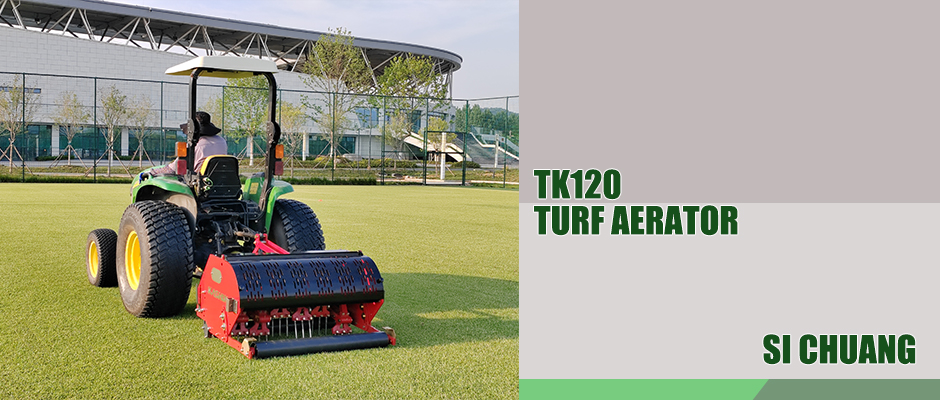Lawn maintenance hinges on a few basic tasks: mowing, feeding, weeding and aerating. Tackle these four tasks faithfully, and your turf will be on a fast track to picture-perfect good looks.
Soil that’s compacted on a regular basis needs aeration on a regular basis. Compacted soil puts the squeeze on grass roots, inhibiting their ability to function. If your lawn is frequently driven on, grass probably already looks thin and less than ideal. The weight of a vehicle, even a lawnmower, compacts soil, so it’s important to vary mowing patterns to slow soil compaction.
Signs You Need To lawn Aerator
Water puddling on lawn after rain
Vehicles driving or parking on lawn
Thatch layer thicker than one-half inch
Difficulty sticking a screwdriver or a pencil into soil
Heavy clay soil
Thin, patchy or bare grass
Thick stands of Clover in lawn
If your lawn never has been before
Start With A Simple Aeration Test
An easy way to assess soil compaction is to push a screwdriver or pencil into it. Do this in lightly moist soil, not dry. In compacted soil, this task proves very difficult. To confirm compaction, use a shovel to excavate a square foot of turf with soil. If you can easily sink the shovel to a depth of half the blade, your soil isn’t compacted. Aeration is necessary if you find yourself struggling to push the shovel into soil.
When you dig up the grass and soil, look for thatch and grass roots. Thatch is a tightly woven layer of living and dead organic material (stems, stolens, roots etc.) that lies between the living grass blades and soil. If that layer is more than one-half inch thick, aeration is needed. Look at grass roots extending into soil. If they reach 4-6 inches deep, your lawn doesn’t have a compaction problem. If, however, roots extend only 1-2 inches, you should consider aerating.
Timing on your dig test matters. Cool-season grass roots are longest in late spring; warm-season turf roots peak in fall.
Pick The Right lawn Tool
A variety of do-it-yourself methods make aeration approachable for homeowners of every skill level. Before you begin, decide whether you want to remove soil cores or just poke holes into soil. Removing soil cores opens channels for air to reach into soil. Punching holes serves to compact soil that’s already compacted. For aeration, choose from two methods: manual or motorized.
Manual aerators work best for small lawns but don’t produce results that rival automated aerators. You use foot-power to plunge two to four hollow cylinders into soil to extract cores or punch holes. Strap-on spike shoes accomplish a hole-punch effect but don’t remove soil cores.
Automated aerators have a circular drum in front or back loaded with hollow cylinders or spikes. With a core aerator that removes soil plugs, look for machines with deeper tines and weight over tines to sink them into soil. Some riding mowers have spike or core aerator attachments.
Another option for aerating is applying an ionized soil conditioner, a solution that loosens clay soil particles and encourages microorganisms that foster healthy soil and digest thatch. However, adding soil conditioners is rarely as effective as core aeration and may take years to be fully effective. A better solution is to have your soil tested, core, then add appropriate soil conditioners based on the results of the soil test.
Renting An Aerator
An aerator is a large, heavy piece of equipment that requires physical strength to operate. Plan on two individuals and a full-size truck bed to move an aerator. Consider partnering with neighbors to share the cost of rental and provide the extra muscle to manage the machine. Typically, the busiest rental times for aerators are spring and fall weekends. If you know you’ll be aerating, make your reservation early, or avoid the crowds by aerating on a weekday.
Tips For Success
Before aerating, use marking flags to indicate sprinkler heads, shallow irrigation lines, septic lines and buried utilities.
With lightly compacted soil, sandy soil or soil that’s been aerated in the last 12 months, do it in a single pass, following your typical mowing pattern. For highly compacted soil or soil that hasn’t been aerated in more than a year, make two passes with the aerator: one following your mowing pattern, and the second at an angle to the first. Aim to create 20 to 40 holes per square foot.
Post time: Jan-08-2025

